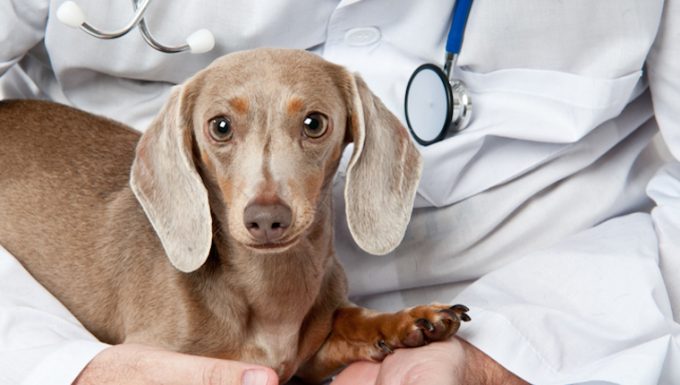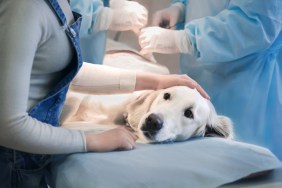Histiocytoma in dogs is a condition where skin growths appear around the head area. The growths take around one-to-four weeks to form.
Thankfully, the growths are usually benign. (You can read about malignant histiocytoma here.)
Generally, younger dogs suffer from the condition the most. Additionally, certain breeds including Dachshunds and Boxers can be predisposed to the condition.…








